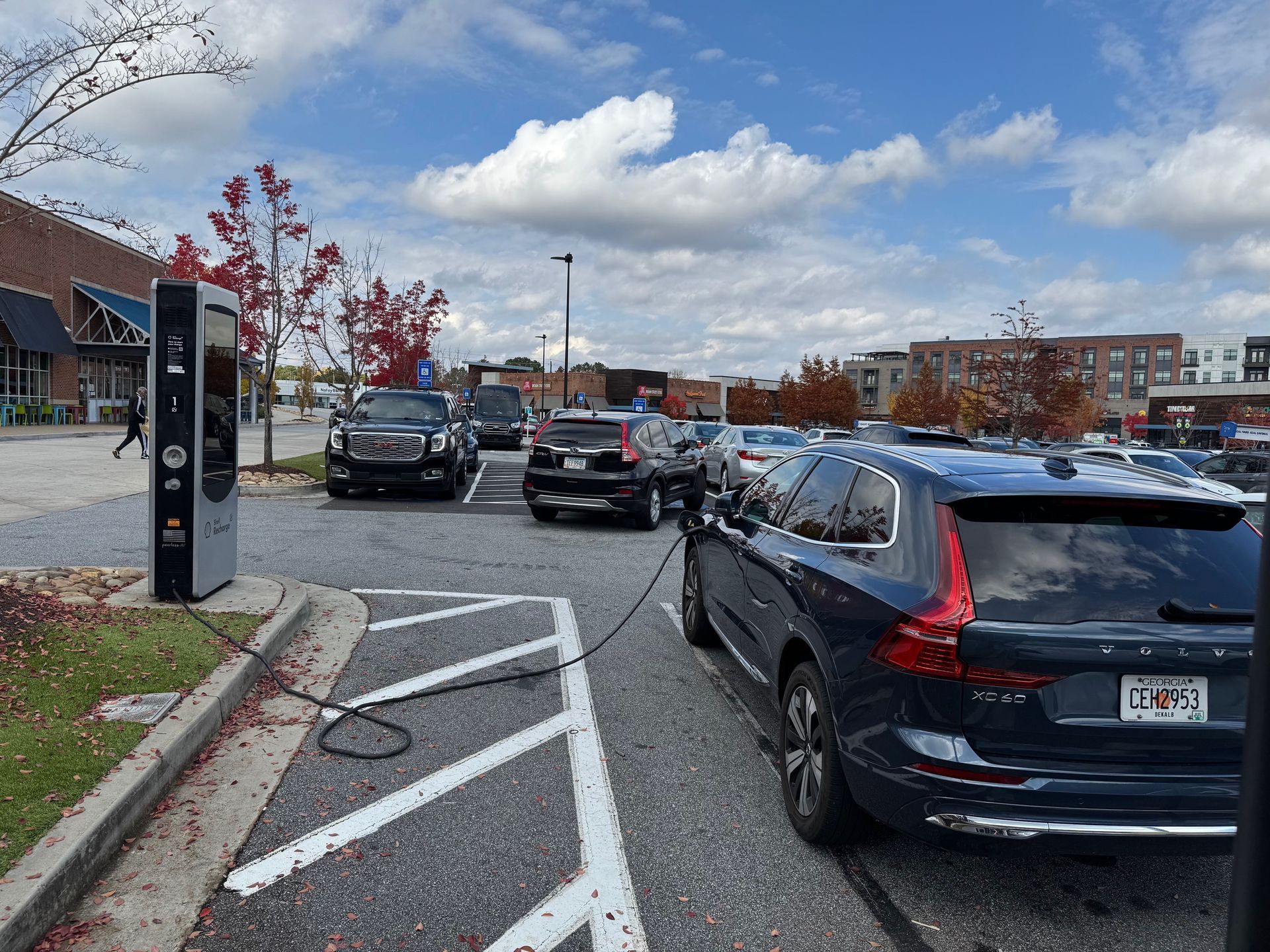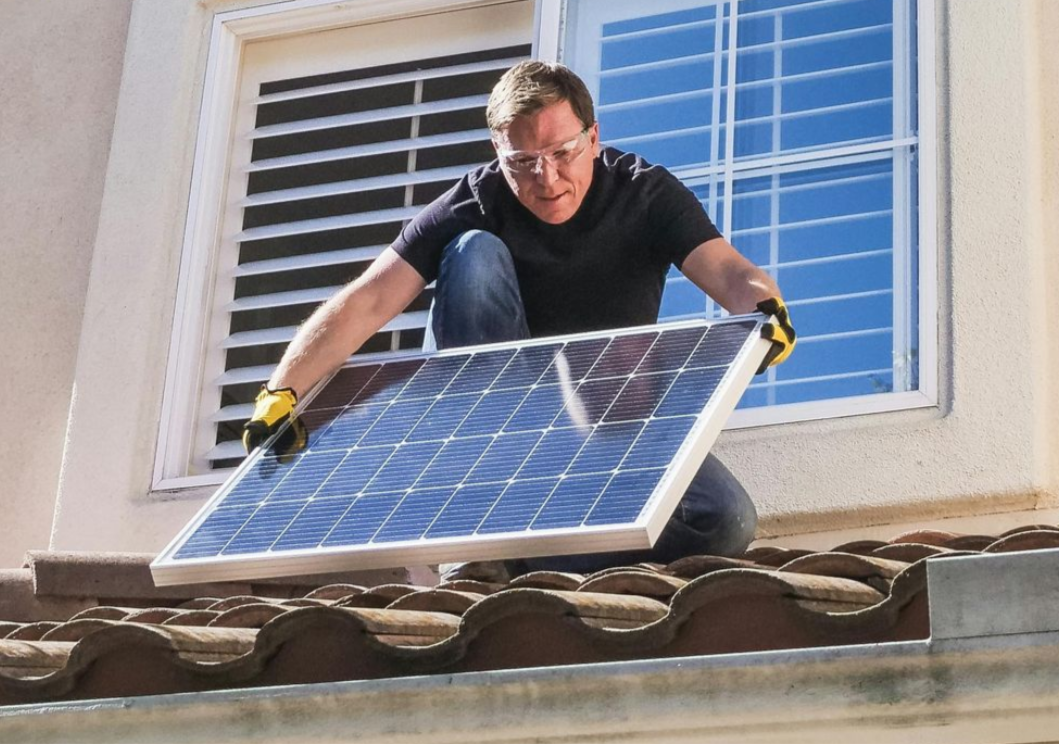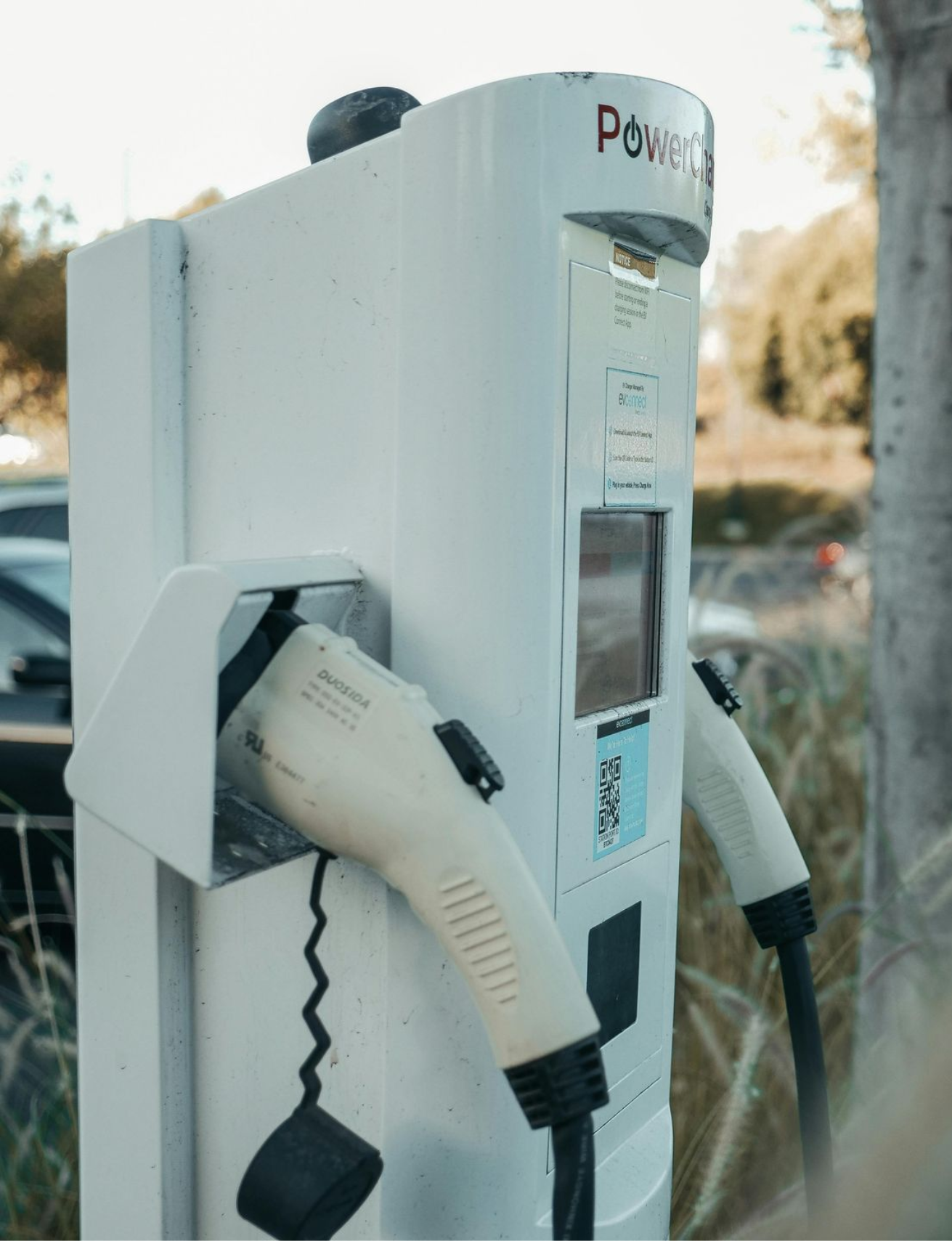
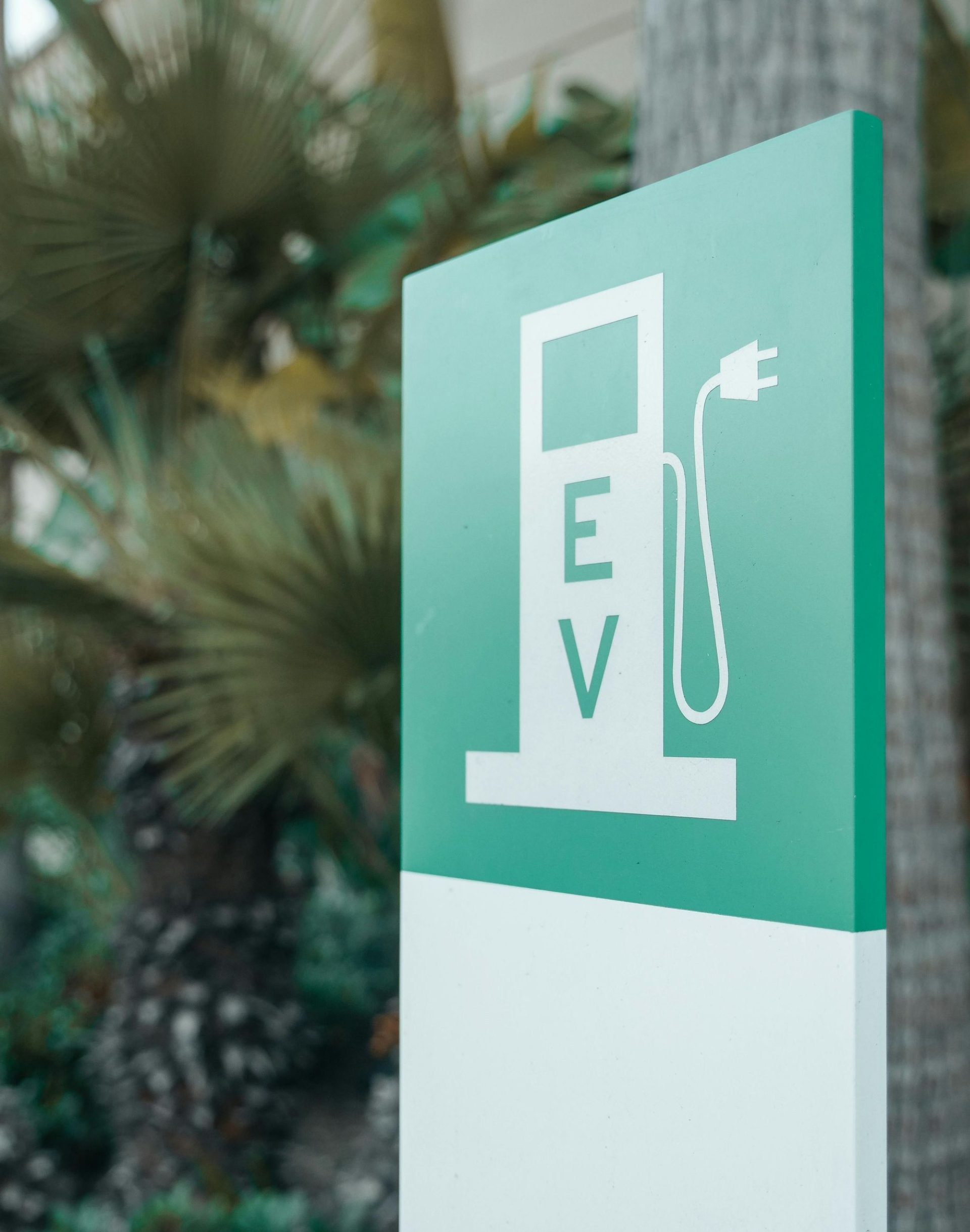
EV CHARGERS
Although Level 3 chargers offer unmatched charging speed, their high costs and infrastructure demands make them better suited for specific commercial settings where users require a quick charge, such as fuel stations adjacent to Interstate highways. Level 3 chargers' average cost is $50,000, and up to 3 autos may charge at each station. Permits are required to install 3-phase electricity, and electrical line items required to carry larger loads are more expensive. Level 2 chargers are much less expensive, costing $1000 to $2000, but take 6 to 8 hours to fully charge an EV. Level 2 chargers suit homeowners, park & rides, movie theaters, sports events, and other locations where EVs may park for an hour or more.
Park and rides are ideal for the location of Level 2 chargers. Level 3 chargers will be required at gas stations. Users will want to stop for only a few minutes, fully charge their battery, perhaps grab a bite to eat, and continue to their destination. For most homeowners, a Level 2 EV charger strikes the perfect balance of performance and affordability, ensuring your vehicle is ready when you need it.
EXTRA BONUS CREDIT AREAS
30C Tax Credit Eligibility Locator --- re: EV chargers
https://experience.arcgis.com/experience/3f67d5e82dc64d1589714d5499196d4f/page/Page
So, filling up an average 12-gallon gas tank currently costs about $38.00, the average price of gas being $3.17. Things get a little tricky because, as we all know, cars and trucks use vastly different amounts of fuel.
- Charging an electric vehicle (EV) battery overnight at home is usually the least expensive option.
- Gas prices fluctuate, and electricity rates vary regionally, but in most cases, it costs less per month to charge an EV than to buy gas for a traditional vehicle.
- While free options are available, public charging stations typically have fees that cost more than home charging.
Statistics are available at the United States Energy Information Administration. The most recent figures available at the time of this writing, July 2025, U.S. households pay an average of 18.10 cents per Kw/hr. To completely recharge a ninety Kw/Hr battery would cost a homeowner $16.29, between one third and one half the cost of filling a gas combustion engine, $38.04
Electric cars are slowly, but surely becoming commonplace, and they introduce a whole new generation of specifications that are worth caring about. Range is an obvious one — but there’s another metric that has a major impact on the overall experience of owning an electric car: voltage.
You’ll often see the voltage of an electric car’s battery pack touted in advertising. Hyundai, for instance, is proud of the 800 -volt battery in cars like the EV6 — that’s double the voltage of the 400V battery in the Tesla Model Y.
EV charging infrastructure is one of the largest infrastructure overhauls the country has ever experienced. Whether you are looking to install a charging station at your home, add a charger for your customers at your business, or multiple charging stations for a fleet, Solar DC Power has resources to provide clients with the knowledge to select the charges to fit your needs, and the flexibility to phase projects for the client to achieveve near a 100% utililization, then add specifified chargers to meet your customer's charging needs.
CONTACT US
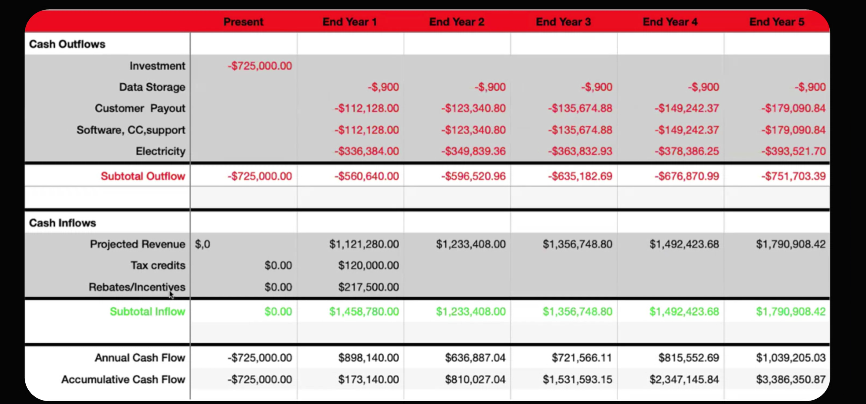
Electric cars are slowly, but surely becoming commonplace, and they introduce a whole new generation of specifications that are worth caring about. Range is an obvious one — but there’s another metric that has a major impact on the overall experience of owning an electric car: voltage.
You’ll often see the voltage of an electric car’s battery pack touted in advertising. Hyundai, for instance, is proud of the 800 -volt battery in cars like the EV6 — that’s double the voltage of the 400V battery in the Tesla Model Y.
The table above shows a 5-year utilization on Level 3 chargers. YouTube nay-sayers are always predicting the demise of EVs, but without fact or evidence. Solar DC Power's vision of the future is science-based, and knows that severe weather will be the norm, parameters of the changing climate will be undisputed, and greater incentives will be restored with larger tax credits and apartments, condominiums, townhouses, and HOAs will be given initiatives that promote community climate infrastructure to build resillence to the destructive forces of unmitigated climate change. Above, this projected utilization is based on four independent forecasts done by Boston Consulting Group, Ernst & Young, Guidehouse, and PwC, as well as analysis from the National Renewable Energy Laboratory is conservative and will be exceeded. Our beliefs are based on prevailing data and evidence. The report concludes that:
The number of EVs on U.S. roads is projected to reach 78.5 million in 2035, up from 4.5 million at the end of 2023 will be far exceeded, and by 2035, an environmental impact tax will de-incentivize fossil fuels, and EVs will dominate the motoring market. Even though our forecasts of utilization of chargers are much higher, the table, using conservative forecasts of more than 26 percent of the nearly 300 million total vehicles (cars and light trucks) expected to be on U.S. roads in 2035, will drive every gas station to invest in appropriate climate infrastructure. This growth is a paradigm in private vehicle transportation. Forward-looking rural gas stations will meet this challenge and provide as many, or more, Level 3 chargers as gas dispensers. The first service stations to invest in climate infrastructure will be ahead of the curve and reap the profits.
What Affects Charging Speed?
Vehicle's maximum charging rate
Every electric car has a limit on how much power it can take in. It's much like water flow into the opening of a water bottle - no matter how big the water pipe is, the bottle can only take in water as fast as its opening allows. If your car can only handle 50kW of power, using a 150kW charger won't make it charge any faster. A Helpful Tip Before buying an electric car, check its maximum charging speed. This will affect how quickly you can charge every day.
Charging Station Power
The power rating of a charging station is like the size of the pipe delivering the electricity. Higher kW stations can charge faster, but there are limits. For instance, a 60kW station will charge a car faster than a 22kW station, assuming the vehicle is capable of accepting that power, 60kW in this case.
Charging Port Power
The charging port also plays a role in charging speed. A powerful charging port with a high amperage rating ensures the power can be delivered quickly and efficiently. If the port’s power rating is too low for the charging station, it can bottleneck the charging process, slowing things down even if the station is capable of higher power.
Vehicle's Battery Capacity
Just like a small bucket and a large bucket collecting water, even if the water flows at the same rate, the large bucket will take longer to fill. The battery capacity (in kWh) of the electric vehicle determines how much electricity needs to be charged. The larger the capacity, the longer the total charging time may be, even if the charging station has a high power.
Other influencing factors
Battery State of Charge (SOC) and Charging Curve
In the initial stage, especially when the State of Charge (SOC) is low, the charging speed is fast. As the SOC increases, the charging speed gradually slows down. The charging speed remains relatively fast when the SOC is between 20% and 80%, which is typically the most efficient phase of the charging process. Once the SOC reaches around 80%, the charging rate significantly decreases to prevent overcharging and protect the battery's health.
Studies have shown that there is no linear relationship between SOC and charging speed. Specifically, when the SOC is close to full charge, the BMS (battery management system) will reduce the charging power to ensure safety and extend battery life.
The EV charging curve is one of the most critical yet overlooked aspects of electric vehicle ownership. It relates to how fast one can get the car back on the road, battery health over the long term, and also stands as a much better comparison between one EV and another than mere peak charging numbers.
Making intelligent decisions in 2025 by studying the charts of EV charging curves and meaningful EV charging curve comparisons will become paramount for both buyers and drivers. Faster, flatter, and more consistent charging is essentially how technology will improve, paving the way for EVs to become the norm.
For now, the takeaway is simple: know your vehicle’s charging curve, work around it, and your EV will provide maximum performance and longevity.
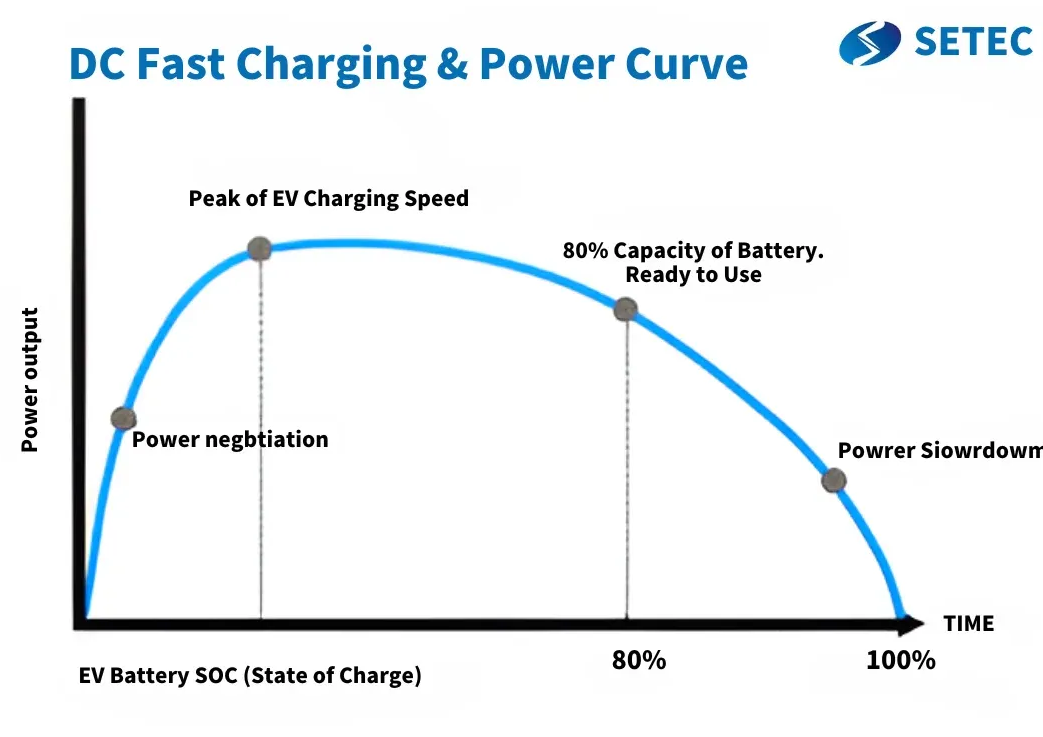
Temperature Matters
Battery temperature is really important for charging. The best charging temperature is between 68-77°F (20-25°C). Here's what happens at different temperatures:
· Below 32°F (0°C): Charging might be 50% slower
· Above 95°F (35°C): The car might slow down charging to protect the battery
· 68-77°F (20-25°C): This is the "perfect" temperature for charging
Power Grid Conditions
The power grid’s capacity and conditions also matter. If the grid is under heavy load or there are power restrictions, it might impact the performance of the station, resulting in slower charging times, especially during peak hours when demand is high.
If you're buying an EV and charger, understanding voltage platforms can help you explain fast-charging benefits.

ELECTRICITY RATE VARY
Electricity rates are subject to many factors, including the region where you live, the time of year, and even the time of day when peak charges apply. For the most part, electricity usage and costs are at their lowest late at night. That’s good news for anyone considering an EV. “While shoppers worry about access to public charging stations, they need to know that as much as 90% of electric car charging is done overnight at home.” “The cheapest way to charge your electric car is almost always at home, overnight. Some utilities have special low rates for the overnight period when their demand is lightest.”
Where you live directly impacts your electric bill. People in Massachusetts pay just over 30 cents per kWh of energy use, almost twice the cost in Florida (an average of 15.12 cents per kWh in July). A conservative rule of thumb is that an electric car gets three to four miles per kWh,” So divide the total miles you drive each month by three to get the kWh you would use monthly. Multiply that number by your cost per kWh. The dollar amount you get will most likely be lower than what you pay each month to buy gasoline.”
To put this into perspective, let’s give an example. Suppose you drive about 1,015 miles per month (Americans go an average of about 12,200 miles annually). For an EV, you will use about 338 kWh in that time frame. Using the most recent U.S. household average estimate of 18.10 cents per kWh, charging an electric car at home would cost about $61.18 per month. Using a DC fast charger at a public charging station when away from home, an EV driver might pay 50 cents per kWh, or $169 for that much energy.
https://www.kbb.com/car-advice/how-much-does-it-cost-to-charge-an-ev/#recharge-vs-fuel
Unlike a typical 240-volt, AC Level 2 home charger system, you will find Level 3 chargers in commercial settings because they’re prohibitively expensive for a private individual to install at home. Considering the vast cost difference, perhaps a mix of Level 2 and Level 3 EV chargers would provide the most functional service. EVs charge via AC (Level 1 or 2) or DC (Level 3 fast charging). While the grid supplies AC, batteries store DC. AC charging converts power on-board, which is slower, whereas DC fast charging converts it at the station, bypassing the on-board charger and delivering more power, making Level 3 charging much faster.
Tesla owners use Tesla's dedicated Supercharger network, which has more than 2,500 U.S. locations with around 30,000 charging ports. Rates can vary widely depending on region, timing, the Tesla model or other vehicle you’re charging, and if you have a Tesla membership. One important caveat: Tesla Superchargers now work for some non-Tesla vehicles. In 2023, Supercharger network began opening select locations to Tesla and the North American Charging Standard (NACS)- enabled vehicles with Combined Charging System (CCS) compatibility. However, Tesla charges $0.50 a Kw/Hr to charge, and at busy charging stations, charges Idle fees and congestion fees, $1.00 a minute. Tesla has located most of their charging stations in urban areas near areas of grocery stores, restaurants, and cinemas. As more manufacturers switch to producing more EVs, and the volume of EVs increases exponentially, rural gas stations will be required to invest in charging stations to retain their profits and continue operations.
EXTRA BONUS CREDIT AREAS:
30C Tax Credit Eligibility Locator --- re: EV chargers
https://experience.arcgis.com/experience/3f67d5e82dc64d1589714d5499196d4f/page/Page
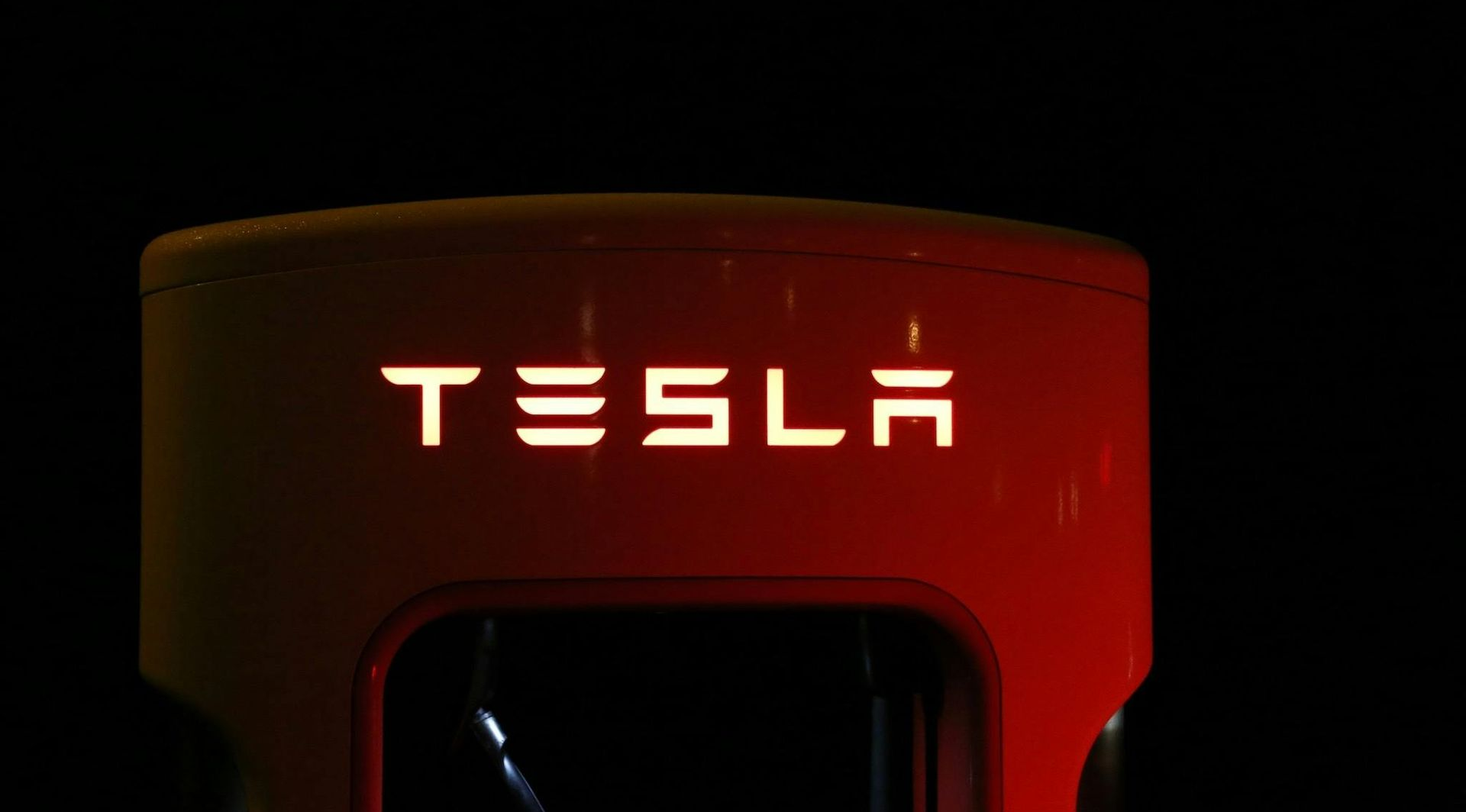
“Some workplaces offer charging for employees’ cars … But electric-car owners quickly learn which public stations near them are free, which charge for charging, and how much they cost.”
For example, a bustling parking lot in a crowded city center might lure EV owners with the promise of free electric car charging. But the resultant fee for parking there could easily zoom past what you’d have paid to fill up even the thirstiest gas-powered car or truck. Still, drivers will find the network of chargers growing with plenty of free options, including at malls, hotels, grocery stores, and more. Solar DC Power stresses that home charging is the best option for anyone considering an electric car. Yet, equally important is knowing where to find EV perks close to home.
Higher power charging stations can indeed offer faster charging speeds, but it’s not the only factor. The true charging speed depends on a combination of the station’s power, your vehicle's charging capacity, the condition of the battery, and environmental factors. By understanding how these elements work together, you can make better decisions to optimize your EV charging experience.
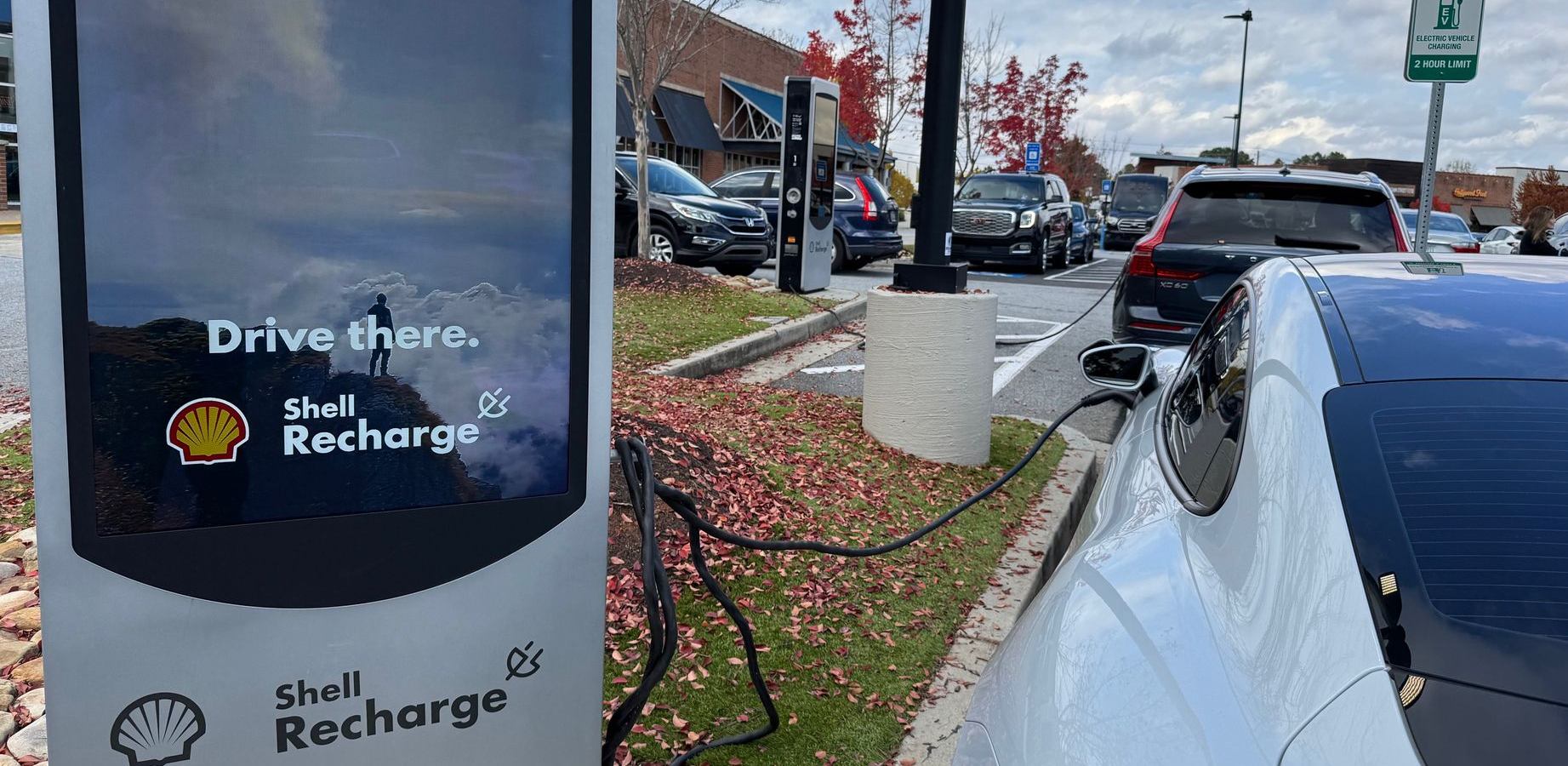

In conclusion, most EV owners charge overnight at home, taking advantage of lower electricity rates compared to gasoline. But even public fast chargers are generally cheaper than refueling with gas. And EVs have fewer moving parts, no oil changes, fewer brake replacements, and simplified drivetrains. Despite cost savings, enhanced performance, and environmental benefits, EVs face challenges in charging speeds, infrastructure gaps, and upfront costs. While some models offer over 300 miles of range, longer trips still require careful planning and stops for charging. This can create issues with longer routes because of the need to find charging stations and allow for more time to reach your destination.
Ultra-fast chargers are being developed to reduce wait times. And it’s a matter of educating forward looking businesses to take the lead in rural areas to provide expensive Level 3 charging stations. Regardless of initial high costs, charging stations will bring another revenue stream to a business, and an increase in foot traffic. EV chargers are the cornerstone of sustainable transportation, offering clear benefits in cost, convenience, and emissions reduction. However, charging speed, infrastructure availability, and affordability remain hurdles that need continued innovation and investment.
Storage batteries are key to make renewable energy functional. They make it possible to provide the means for survalists to live off-grid, make it possible for those forward-looking folks to endure power outages without the loss of stored foods and all other comforts afforded through electricity. Storage batteries are critical climate infrastructure, bridging the gap between intermittent renewables and reliable power. They’re not just large utility projects—distributed batteries in homes and businesses are equally vital for resilience. The next decade will see massive growth, with lithium-ion fading and giving away to sodium ion batteries, or sodium solid state batterie made of abudant and inexpensive raw materials. And ther will be innovations in flow and thermal storage expanding the toolkit.
As of the beginning of 2023, there were approximately 692 microgrids within the United States. As the country (and much of the world) strives to reduce its dependence on fossil fuels and other non-renewable energy sources while improving resilience in extreme weather conditions, the use of microgrids will likely expand worldwide. If you’re interested in sustainability and renewable energy, microgrids should be on your radar. A microgrid is a group of interconnected loads and distributed energy resources that acts as a single controllable entity with respect to the grid.
Most sustainable microgrids rely solely on renewable energy sources. These independent energy systems have clearly defined electrical boundaries and can connect to a main power grid or operate completely independently of larger energy systems (macrogrids). Microgrids consist of power systems, energy stroage systems, control systems, and distribution infrastructure. If non-renewable energy sources are part of the power systems, then the energy storage systems and control methods can work to utilize renewable energy first. This, in turn, can reduce the need for non-renewable energy sources while cutting down on greenhouse gas emissions and other environmental damage.

